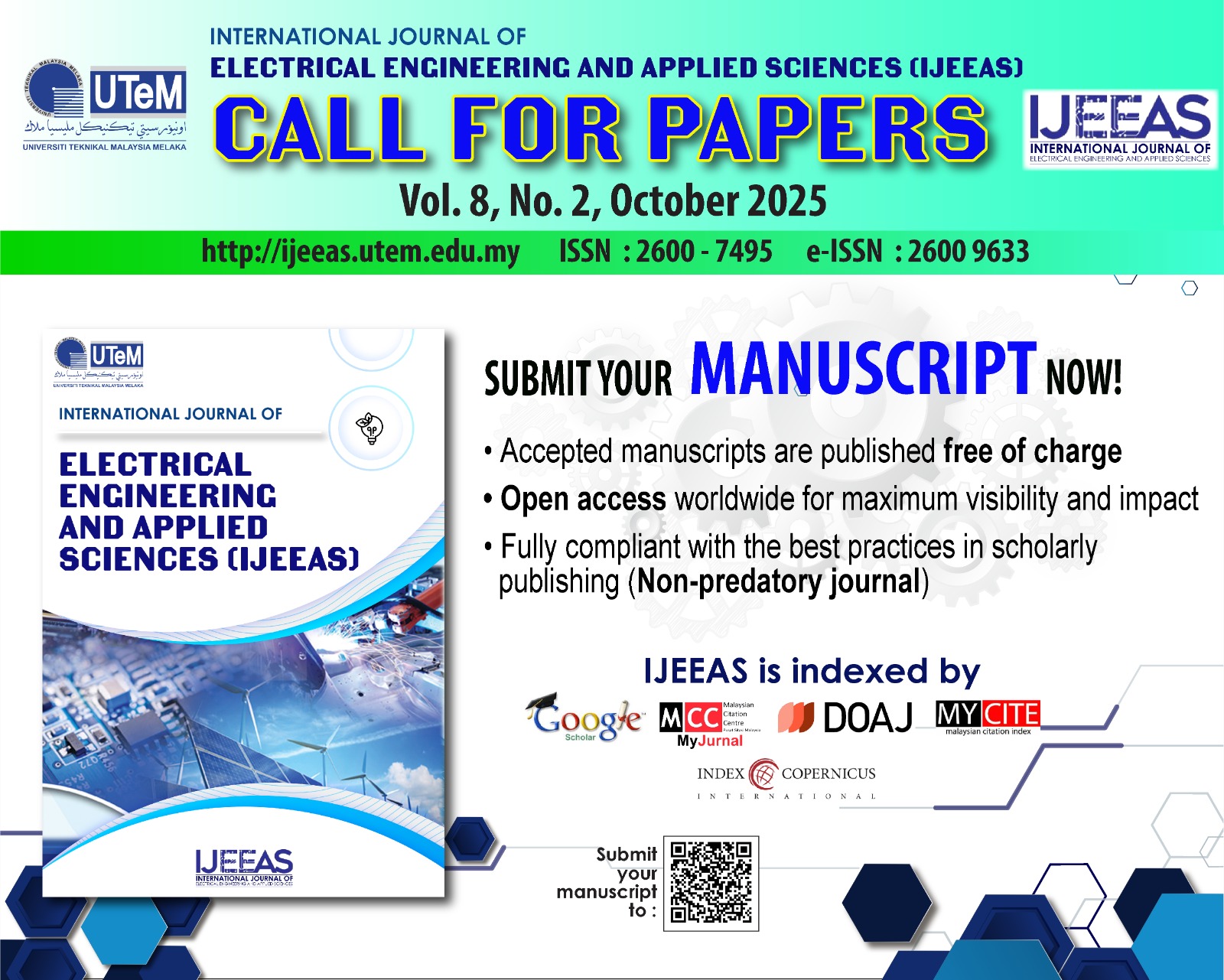An Analysis of the Unbalanced Three Phase Fault in the Transmission Line
DOI:
https://doi.org/10.54554/ijeeas.2025.8.01.004Abstract
In this paper, unbalanced three-phase fault in transmission lines is considered with respect to estimating the state of power system after a fault occurs at different buses. Faults such as a single-line-to-ground (SLG), line-to-line (LL) and double-line-to-ground (DLG) affect the bus system that is connected along with the transmission line. MATLAB software was employed in which unbalanced fault programs based on the Symmetrical Component method to determine the voltage magnitudes, line current magnitude, total fault current, real and reactive power at Phase A, Phase B and also on phase C for the different bus lines. The unbalanced fault programs are executed using a Newton Raphson based power flow program for the standard IEEE 14, IEEE 26 and IEEE 30 bus systems. The obtained results show that the single line to ground fault is the most severe kind for IEEE 14 bus system, while for IEEE 26 and IEEE 30 bus system, the most severe fault is line to line fault. This finding is crucial for evaluating the reliability and stability of power transmission lines.
Downloads
Downloads
Published
How to Cite
Issue
Section
License
Authors who publish with this journal agree to the following terms:
- Authors retain copyright and grant the journal right of first publication with the work simultaneously licensed under a Creative Commons Attribution License that allows others to share the work with an acknowledgement of the work's authorship and initial publication in this journal.
- Authors are able to enter into separate, additional contractual arrangements for the non-exclusive distribution of the journal's published version of the work (e.g., post it to an institutional repository or publish it in a book), with an acknowledgement of its initial publication in this journal.
- Authors are permitted and encouraged to post their work online (e.g., in institutional repositories or on their website) prior to and during the submission process, as it can lead to productive exchanges, as well as earlier and greater citation of published work (See The Effect of Open Access).







